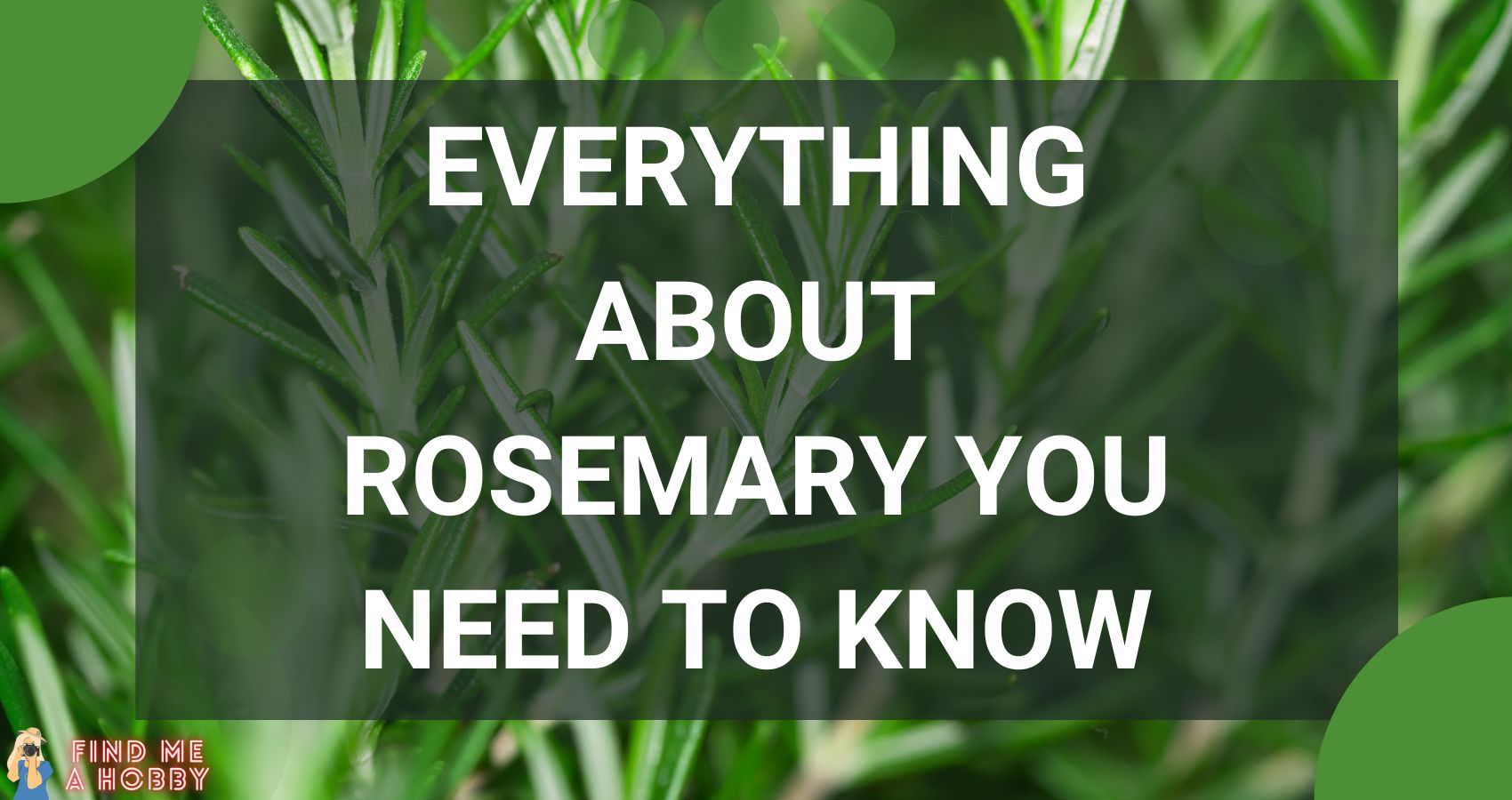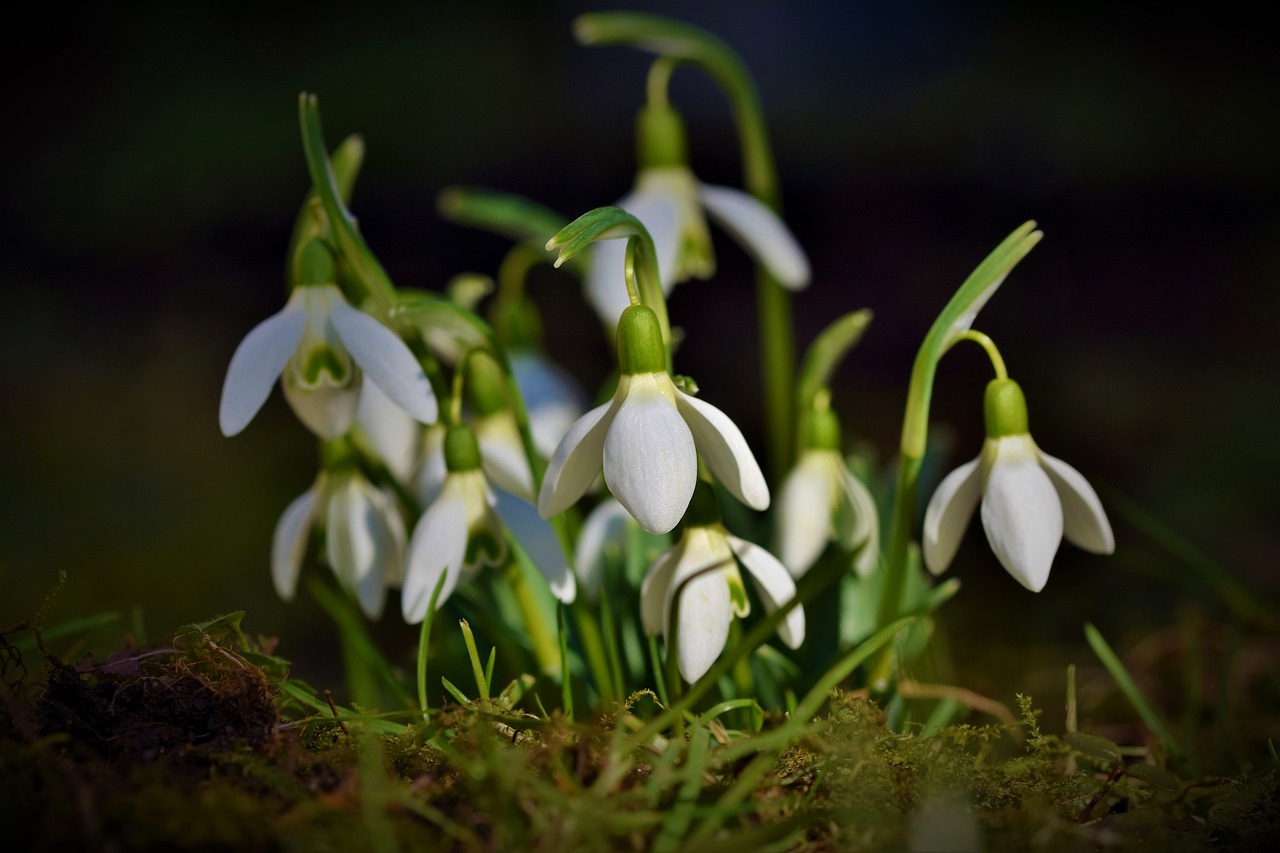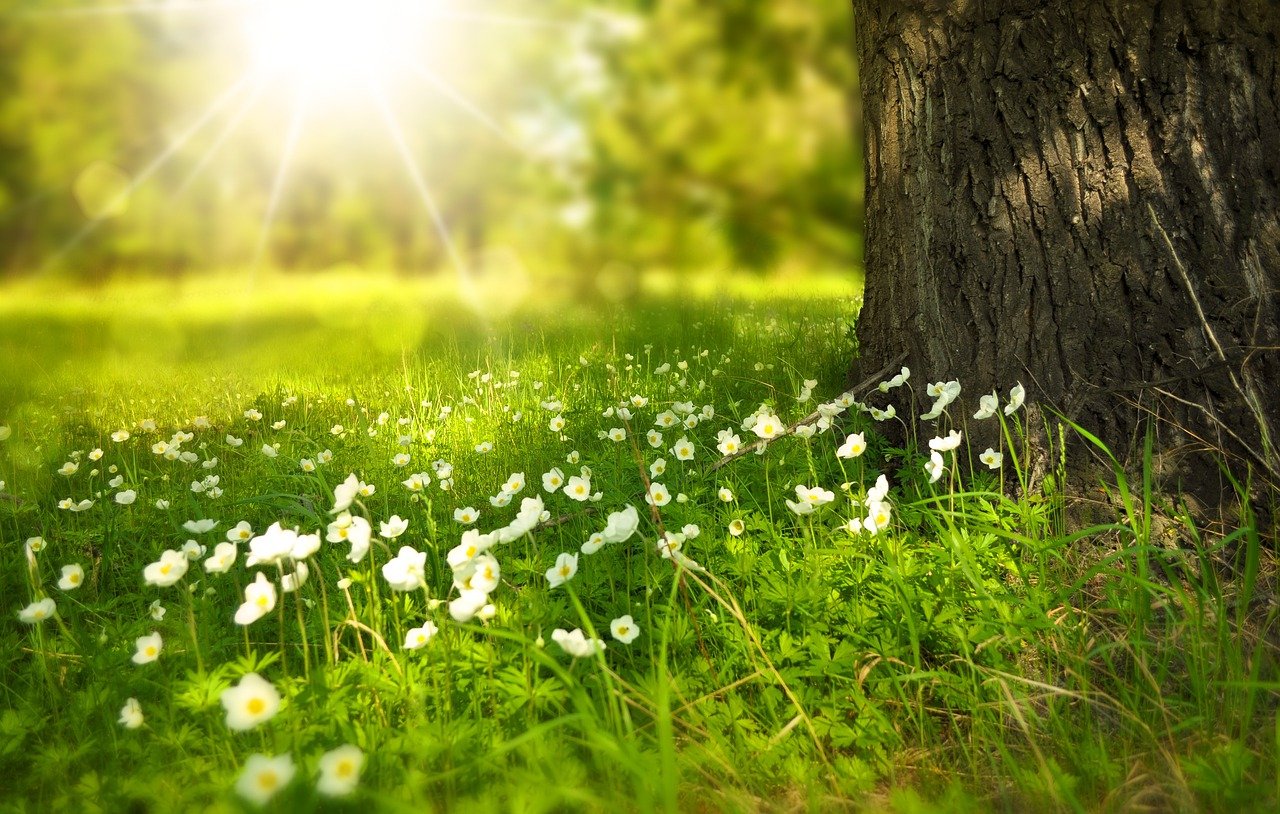Rosemary (Rosmarinus officinalis) is a common feature in herb gardens for its culinary, medicinal, and ornamental qualities. This hardy perennial woody herb does well in almost all hardiness zones in the United States.
Native to the Mediterranean region, rosemary has long been associated with improving memory. In ancient Greece, students would place rosemary sprigs in their hair while studying to boost their memory. Rosemary was used as a symbol of fidelity (especially at weddings) in ancient England, and mourners often placed sprigs on gravesites as a symbol of remembrance. In the 16th and 17th century, the herb became an essential medicine in the treatment of digestive problems.
Rosemary is of the mint family, and its evergreen-like needles are distinctive in the herb garden. Standard varieties grow up to six feet tall, and can be shaped into topiary figures.
The Latin “rosmarinus” means “dew of the sea”, and has traditionally been used to treat headaches and poor circulation. Medicinal benefits include stimulant effects, use as a disinfectant, and as a mouth wash. In rare cases, rosemary use can cause a form of autoimmune disease. (Consult with your physician before using any kind of herb for its medicinal properties.)
For cooking, rosemary can be used in soups, salads, meats (especially lamb), fish, eggs, potatoes, and stuffing. It is also a favorite ingredient in herb breads. To use springs of fresh rosemary in cooking, strip the leaves off the woody stem and chop them into smaller pieces before adding to your dish. (Hold the branch by the tip and move your finger along the stem the opposite direction the leaves are growing.) The full sprig makes a great garnish. If using dried rosemary, remember that dried herbs have a more intense flavor than their fresh counterparts.
Rosemary is also used in scented sachets, lotions, and shampoos. Use caution when using rosemary essential oil, as it is not to be taken internally.
Rosemary is tolerated well as a perennial in Zones 8-10, but can thrive in cooler climates during the summer months. For cooler areas, you can bring your rosemary plants indoor during the winter months, or provide the herb with a thick cover of mulch to protect the plant from the cold.
This herb grows anywhere from 3-6 feet, so give them plenty of space when planting. Pinch the tips to direct growth, and wait until the plan is established before harvesting any sprigs. Rosemary plants are resistant to drought, but it’s a good idea to water twice a week after planting.
Place in a sunny, well-drained spot for best results.







